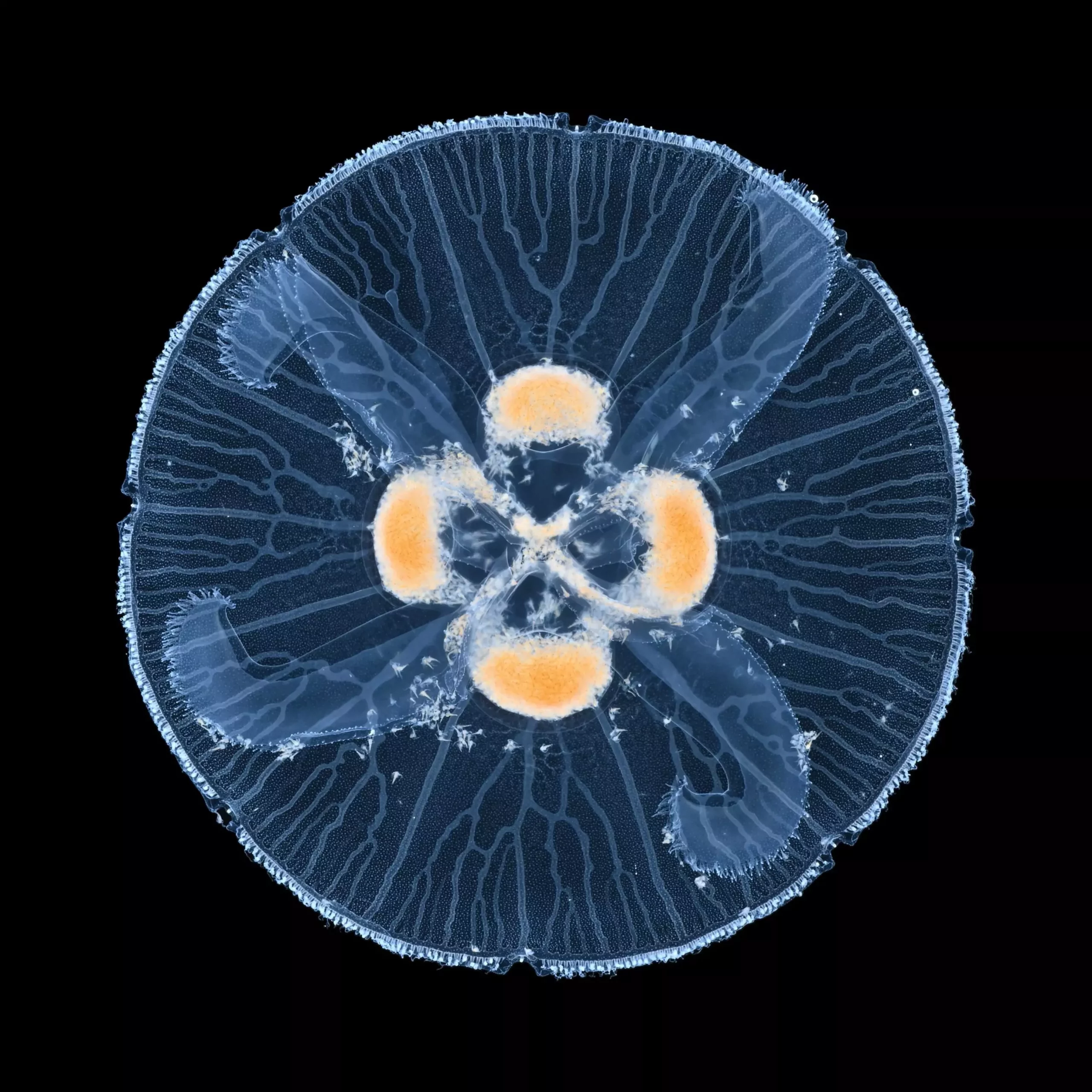Transport networks are integral to a wide array of systems in nature, ranging from biological entities like jellyfish to electrical infrastructures and even climatic phenomena. These networks serve crucial functions, from facilitating the flow of nutrients and oxygen in organisms to channeling electrical discharges during storms. One significant feature of many transport networks is the presence of loops, which provide a robust mechanism for maintaining connectivity even in the face of disruption. A recent study published in the Proceedings of the National Academy of Sciences sheds light on the mechanisms that govern the formation of these loops, expanding our understanding of network stability in both natural and engineered systems.
Researchers have uncovered a transformative process that occurs when a branch of a transport network reaches the system boundary. Traditionally, branches within a network tend to repel one another, preventing overlap and promoting tree-like geometries. However, upon nearing the edge of the system, these interactions undergo a dramatic shift. The previously repelling branches begin to attract one another, leading to the emergence of loops. This transition from repulsion to attraction is crucial, as it allows for the connection of separate branches, which significantly enhances the resilience of the overall system.
Stanislaw Żukowski, a Ph.D. student involved in the research, emphasizes the significance of their findings. “Identifying the duality of interactions at the boundary of transport networks not only sheds light on jellyfish gastrovacular systems but also hints at analogous patterns in electrical networks and fluid mechanics.” The ability to form loops means that if one branch is compromised, alternative pathways are available, thereby preserving the functional integrity of the network.
The implications of this research extend well beyond marine biology. The principles governing loop formation appear in a surprising variety of contexts, offering insights into phenomena observed in gypsum fracture dissolution experiments and even electrical discharge patterns in storms. The study underscores a fundamental property of systems that are shaped by diffusive processes, providing a unifying theory for branch attraction and loop generation across diverse platforms.
Professor Piotr Szymczak, a leading figure in the study, notes that the team initially aimed to clarify how existing loops maintain their stability. However, this inquiry evolved into an exploration of the mechanisms that give rise to new loops. Their research builds upon earlier assumptions about resistance and interactions, revealing that even a slight difference in branch resistance can lead to attractive forces that inspire loop formation.
A particularly captivating aspect of the study involves its focus on the gastrovascular network of jellyfish, specifically Aurelia aurita. During their growth phases, when one canal connects to the jellyfish’s stomach — the endpoint of the system — shorter canals are pulled towards this connection. This phenomenon not only illustrates the principles of loop formation but also enhances our understanding of morphogenesis in biological systems.
Annemiek Cornelissen, a researcher who contributed to the investigation, adds, “Our examination of the jellyfish’s canal network is a powerful example of how dynamic processes can sculpt the shapes of living organisms. When one branch connects to the singular, stable endpoint, the network expects and prepares to adapt.”
The study proposes a comprehensive model that encapsulates the interactions between neighboring branches during the formation of loops. Notably, the conditions outlined by researchers show that this attraction occurs irrespective of the precise geometrical structure of the network or resistance disparities. This universality suggests that loop formation is a fundamental aspect of network evolution influenced by diffusive fluxes.
The research team is eager to further explore other systems where loop formation occurs near breakthroughs. By delving deeper into different applications, they hope to reinforce their findings and potentially identify new areas of study, expanding the existing body of knowledge surrounding transport networks.
This exciting research effort not only clarifies the underlying dynamics of loop formation in transport networks but also illustrates the complex interplay between branches within these systems. By exposing how environmental interactions on the cusp of boundaries induce changes, scientists can better appreciate the systemic resilience found in nature. This knowledge promises to enrich our understanding of both biological and man-made networks, leading to advances in biological modeling, engineering applications, and interdisciplinary studies.


Leave a Reply